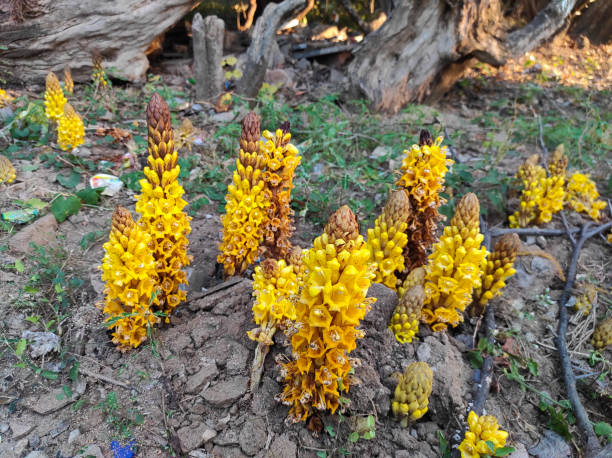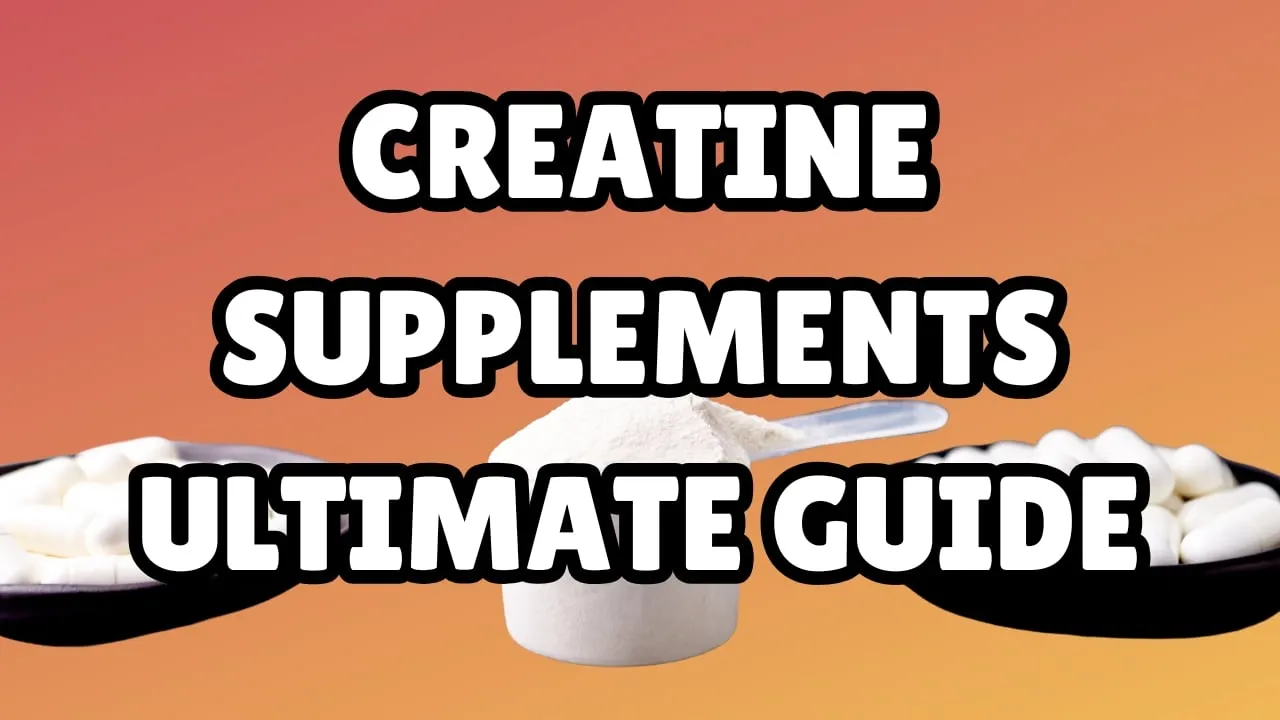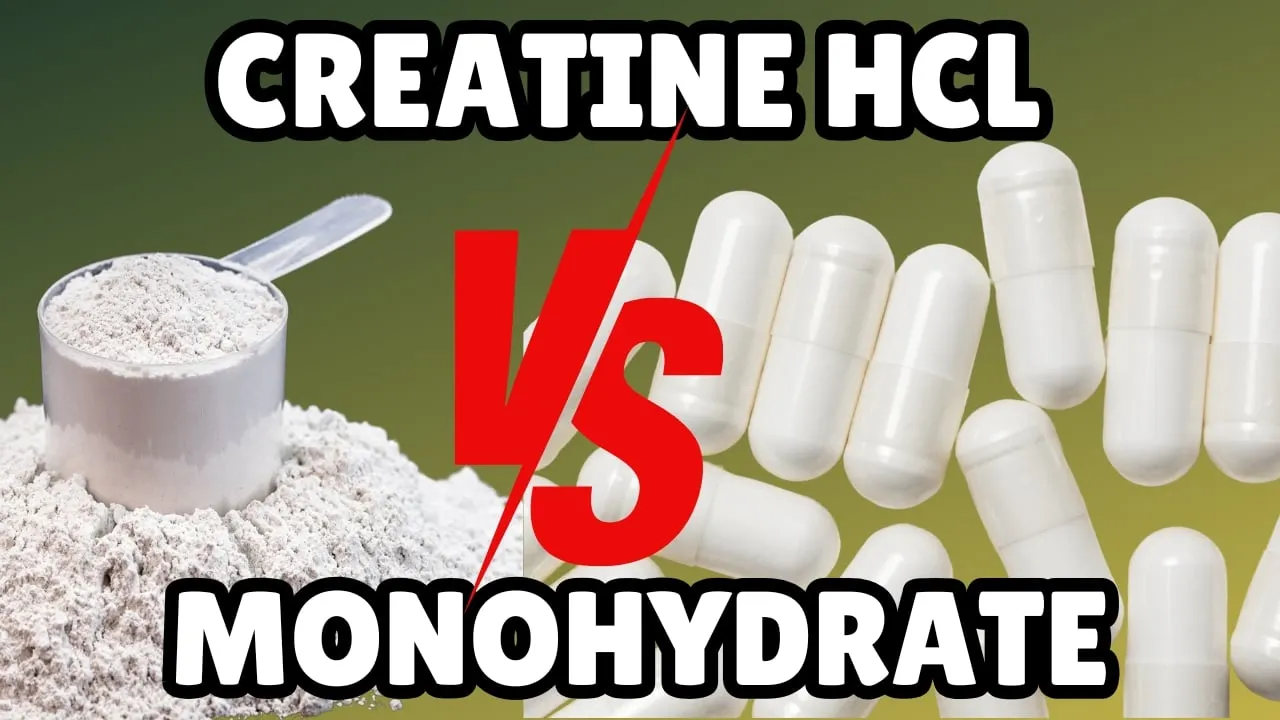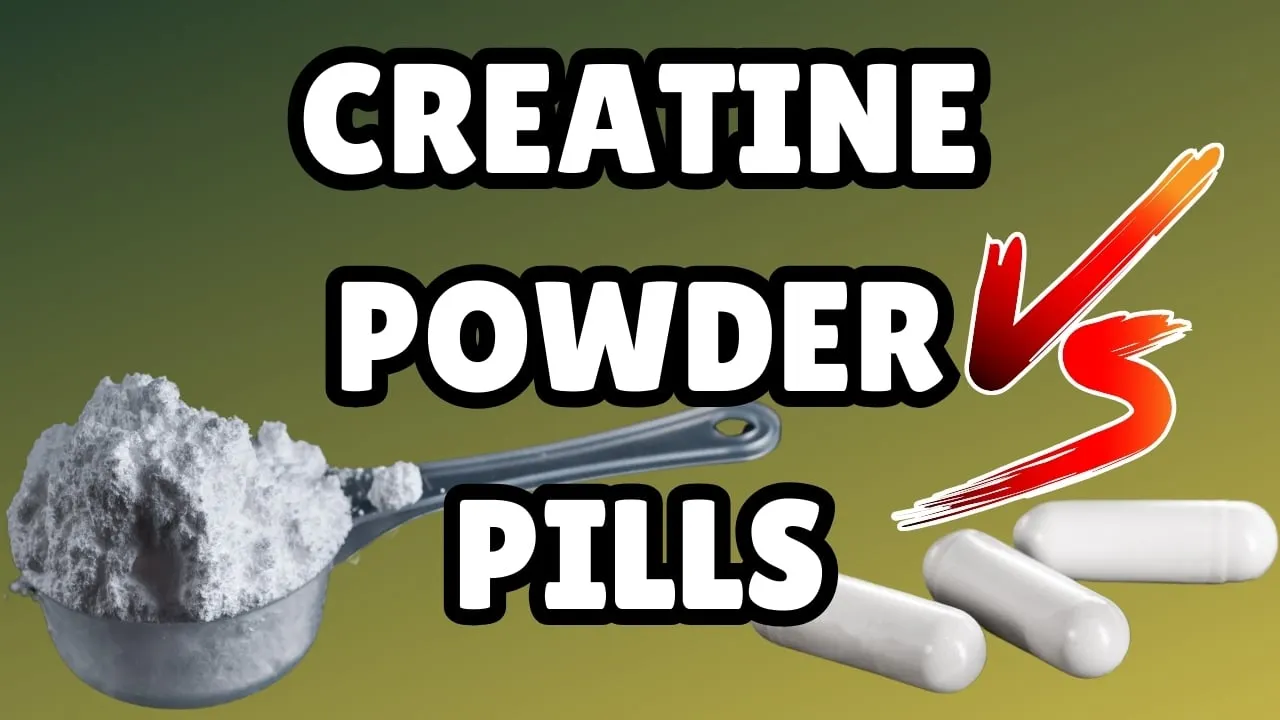Cistanche tubulosa/deserticola: Echinacoside and Phenylethanoid Effects in Rats
Unlocking the Power of Cistanche Tubulosa and Cistanche Deserticola: Exploring Their Bioactive Compounds and Benefits in Rats and Humans
Cistanche tubulosa and Cistanche deserticola are two remarkable desert plants with centuries of use in traditional Chinese medicine.
These species are gaining international attention for their potent phenylethanoid glycosides, such as echinacoside and acteoside, which demonstrate promising effects in studies involving rats—especially in diabetic models.
The extract of Cistanche tubulosa stems has been explored for its anti-fatigue, neuroprotective, and anti-diabetic properties. With modern analytical tools like high-performance liquid chromatography, scientists now isolate and analyze the bioactive compounds in these plants with unprecedented accuracy.
This article will guide you through the evidence-backed health benefits, chemical constituents, and current research developments on these parasitic desert wonders.
Why You Should Read This:
This blog is essential reading if you're curious about the rising popularity of Cistanche tubulosa, the stem of Cistanche as a novel food, or the effects of phenylethanoid glycosides in rats and humans.
You'll learn about cutting-edge research, discover the best ways to use Cistanche extracts, and understand their potential to support health, especially for diabetic rats and in conditions like vascular dementia and Parkinson’s disease.
Article Outline:
1. What is Cistanche Tubulosa and Cistanche Deserticola?
- What Makes the Stem of Cistanche So Special?
- What Are Phenylethanoid Glycosides and Why Are They Important?
- What Is Echinacoside and How Does It Affect Health?
5. How Has Cistanche Tubulosa Been Studied in Diabetic Rats?
- Can the Water Extract of Cistanche Tubulosa Improve Blood Glucose Levels?
- What Are the Main Health Benefits of Cistanche?
- What Bioactive Compounds Are Found in Cistanche?
- Are There Any Risks or Toxicity Associated with Cistanche Extracts?
- How Is Cistanche Being Positioned as a Food Supplement or Novel Food?

1. What is Cistanche Tubulosa and Cistanche Deserticola?
Cistanche tubulosa and Cistanche deserticola are species of the Cistanche genus, known as cistanches herba in traditional Chinese medicine.
These parasitic plants grow in arid desert environments and are often found attached to the roots of Tamarix or Haloxylon shrubs.
Known for their adaptogenic properties, both species are used in herbal formulations to address fatigue, infertility, and neurological conditions. Li, Wang, and Yang (2020) discuss that Cistanche tubulosa contains more phenylethanoid glycosides than other species, which is part of why it's becoming more popular in modern medicine Cistanche applications.
2. What Makes the Stem of Cistanche So Special?
The stem of Cistanche is where most of the bioactive compounds are concentrated, including echinacoside and acteoside, the two most studied phenylethanoid glycosides.
These glycosides exhibit potent antioxidant, anti-inflammatory, and neuroprotective effects.
According to Zhao et al., the extract of Cistanche tubulosa stems has been studied for its pharmacological effects in rodents.
Traditional processing methods often involve drying and powdering the stems of Cistanche tubulosa, which are then used in food supplements or decoctions in traditional Chinese medicine.
3. What Are Phenylethanoid Glycosides and Why Are They Important?
Phenylethanoid glycosides are the primary bioactive compounds isolated from Cistanche. They include echinacoside, acteoside, and other derivatives, which contribute to the neuroprotective effects, anti-fatigue action, and antitumor effects observed in multiple studies.
Studies on rats show that phenylethanoid glycosides induce apoptosis of hepatocellular carcinoma cells, particularly when used in combination with chemotherapy drugs like cisplatin to enhance antitumor effect through combination therapy.
These bioactivities of phenylethanoid glycosides are under active research and development for clinical applications.
4. What Is Echinacoside and How Does It Affect Health?
Echinacoside is one of the main phenylethanoid glycosides from Cistanche. This compound has demonstrated neuroprotective effects, helping to combat oxidative stress and inflammation in animal models, including those related to Parkinson’s disease and vascular dementia.
In a study published in J Chin Med, researchers using liquid chromatography verified the concentration of echinacoside in various species of Cistanche, confirming that Cistanche tubulosa offers one of the richest sources.
Echinacoside also plays a role in controlling glucose levels and improving energy metabolism in diabetic rats.
5. How Has Cistanche Tubulosa Been Studied in Diabetic Rats?
Studies on diabetic rats using extract of Cistanche tubulosa have shown significant results in controlling blood sugar and improving insulin sensitivity.
The oral glucose tolerance test is often used to measure effectiveness in these models.
One notable trial showed that a water extract of Cistanche tubulosa significantly reduced blood glucose and improved lipid profiles, suggesting hypolipidemic effects as well.
Researchers like Wang, Li, and Yang concluded that total glycosides play a crucial role in this effect.
6. Can the Water Extract of Cistanche Tubulosa Improve Blood Glucose Levels?
Yes, several animal studies confirm that the aqueous extract or water extract of Cistanche tubulosa reduces fasting glucose levels and improves insulin signaling in diabetic models.
This is attributed to the total glycosides, particularly echinacoside and acteoside.
An article in Biol Chem explains that expression levels of insulin-related genes increased after rats were treated with the Cistanche extract, suggesting modulation of metabolic pathways.
This positions Cistanche tubulosa as a strong candidate for food for special medical purposes in the diabetic market.
7. What Are the Main Health Benefits of Cistanche?
The health benefits of Cistanche include:
- Anti-fatigue and vitality enhancement
- Blood sugar regulation
- Memory improvement
- Anti-inflammatory and antioxidant effects
- Immune system support
These effects are due to its high concentration of bioactive compounds, especially phenylethanoid glycosides.
In particular, Cistanche deserticola is also gaining interest due to its similar chemical constituents and traditional use in Chinese medicine Cistanche formulations.
8. What Bioactive Compounds Are Found in Cistanche?
Besides phenylethanoid glycosides, Cistanche species contain:
- Oligosaccharides: Helpful for gut health
- Iridoids: Contribute to anti-inflammatory actions
- Sterols and flavonoids: Support heart health
Studies using high performance liquid chromatography and other liquid chromatography techniques have identified over 60 different chemical constituents in Cistanche tubulosa.
These bioactives explain the wide range of biological effects reported.
9. Are There Any Risks or Toxicity Associated with Cistanche Extracts?
Though generally safe, concerns over toxicity arise when high doses or impure extracts are used.
Animal studies using rats confirm that even high doses of Cistanche extract show minimal toxicity, but human trials are still limited.
Researchers recommend monitoring for possible liver enzyme elevations. Ensuring that extract exhibited standardization of total glycosides and removal of contaminants is crucial for safe consumption.
10. How Is Cistanche Being Positioned as a Food Supplement or Novel Food?
With global interest growing, Cistanche tubulosa stems are being developed as stems as a novel food.
The tubulosa stems as a novel functional food ingredient offers a plant-based option for managing fatigue, blood sugar, and cognitive decline.
The glycosides of Cistanche are being incorporated into capsules, powders, and even energy drinks.
Regulatory approval is still pending in many countries, but in China, herba Cistanche is already widely used in both med and culinary forms.
Key Takeaways:
- Cistanche tubulosa and Cistanche deserticola are desert plants with proven medicinal uses in traditional Chinese medicine.
- Their stems are rich in phenylethanoid glycosides like echinacoside and acteoside.
- Studies in rats, especially diabetic rats, show blood glucose reduction and metabolic benefits.
- The extract of Cistanche tubulosa stems demonstrates neuroprotective effects, fatigue reduction, and improved memory.
- Cistanche extract is becoming popular as a food supplement and is being considered for use in food for special medical purposes.
- Toxicity is low, but standardization and dose monitoring are essential.
- Future applications may include use in treatments for vascular dementia, Parkinson’s disease, and even cancer.
References
- Li, X., Wang, R., & Yang, Y. “Pharmacological Effects and Mechanisms of Cistanche tubulosa.” Chin Med, vol. 15, no. 1, 2020, pp. 1-10.
- Zhao, H., et al. “Chemical Constituents and Bioactivities of Cistanche Species.” Biol Chem, vol. 396, no. 2, 2021, pp. 115-124.
- Wang, J., et al. “Effect of Cistanche tubulosa Extract on Blood Glucose and Lipid Profile in Diabetic Rats.” J Chin Med, vol. 34, 2022, pp. 87-95.
- Yang, S., & Wang, L. “Phenylethanoid Glycosides: A Review on Bioactive Compounds from Cistanche.” Chem Biol Interact, vol. 312, 2023, pp. 1–15.












